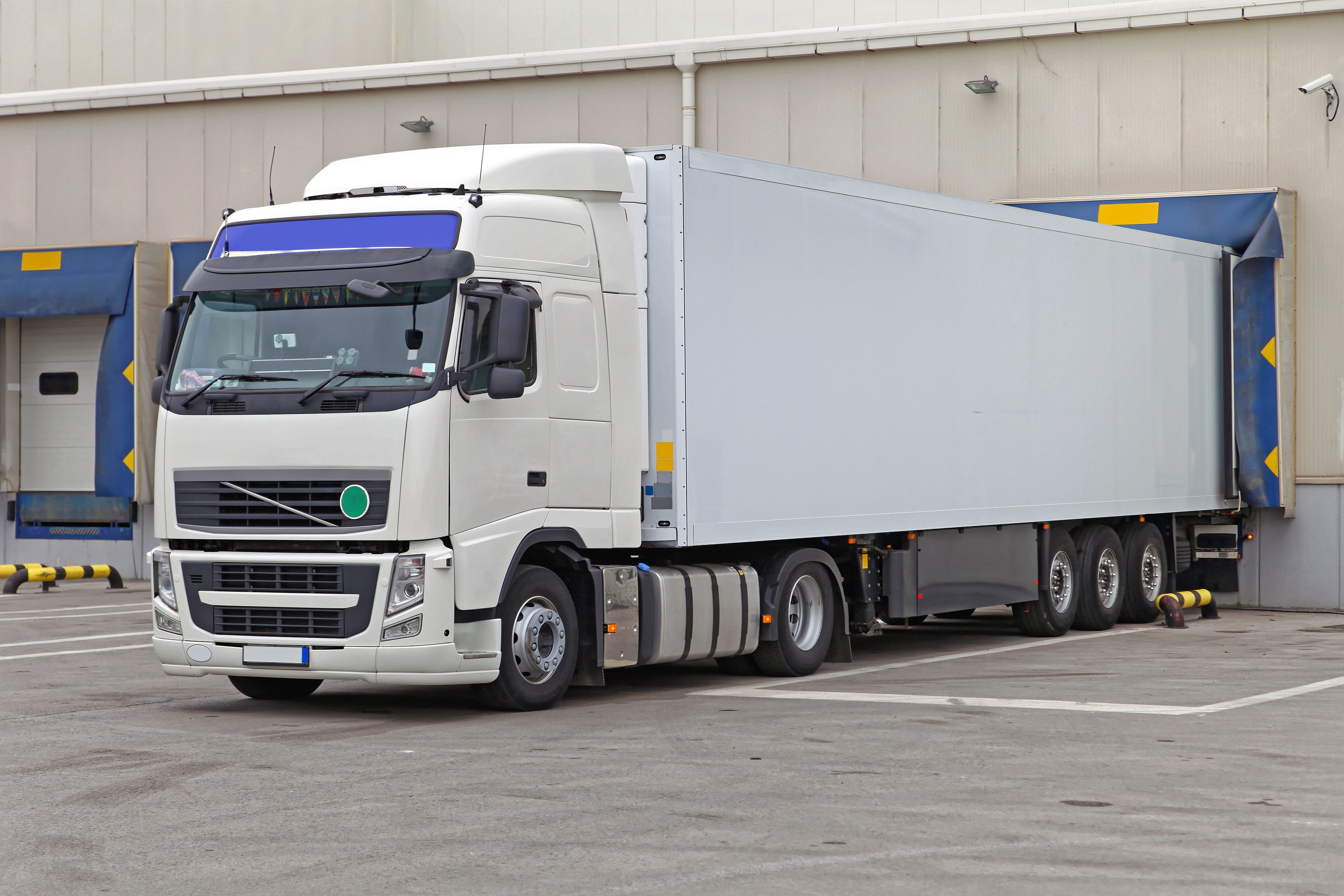Outsourcing Your Cold Chain: Tips from Our Team
Cold chain, though it has always been ubiquitous, got a boost in the public’s consciousness because it was a key part of distributing essential products like vaccines during the pandemic.
Our past blogs have touched on what KPIs to follow and the technology that can be used to enhance cold chain compliance. In this blog, we’ll be covering how to prepare for outsourcing some or all of your cold chain and ensure that a possible cold chain partner is the best fit for you.
Key Takeaways:
- When outsourcing to a prospective cold chain storage or transportation partner, look for strong capacity management, the ability to accommodate seasonality, and the ability to track and report temperature.
- Understanding and communicating your temperature requirements to your 3PL provider or other cold chain partner helps ensure your products are stored and packed optimally.
What to Look For When Outsourcing Your Cold Chain
The supply chain is the backbone of many businesses, and the cold chain is especially important because the consequences of getting it wrong are that much more serious. A late delivery or improper storage and handling are more than just inconveniences for customers: they can result in contaminated, or wasted, food and medicine.
If you’re looking for a 3PL partner, consider this a key checklist on what to look for.

The Ability to Accommodate Your Seasonality
Many businesses have an element of seasonality. For example, in the foodservice space, the ice cream/frozen treats market, or anything related to a specific holiday, have a higher degree of seasonality than something popular year-round.
According to our team, if you are in a situation where you need twenty pallet spaces during most of the year and 150 during peak season, it is essential for these requirements to be discussed in advance so that you can go through peak season without a hitch.
Strong Capacity Management
Some warehouses oversell freezer capacity to ensure full capacity even if clients’ plans change. However, our team knows that you can never oversell a freezer. To do so could create extreme food safety hazards, not to mention waste.
A cold chain warehouse or 3PL provider with strong capacity management will be sure to know exactly how much space is available and will help you find an alternate solution–like another warehouse in their network–if space is not available.
The Ability To Maintain And Track Temperature
A strong cold chain partner will be able to keep you in the loop about temperature excursions and will have procedures in place to mitigate and respond to any temperature issues.
Some of these steps can include:
- IoT sensors
- Thermometers that can be attached to cases to monitor temperature during transit
- Packaging based on temperature requirements
Additionally, technology like Routeique makes it easy to store, access, and report all of the information necessary to prove cold chain compliance.
Preparing to Outsource Your Cold Chain

When preparing to outsource your cold chain to a partner who will help manage your storage or provide 3PL services, there are some things that you can do to ensure your onboarding is as easy as possible.
Communicating Your Temperature Requirements
When working with 3PL, the most important thing is to ensure you know and communicate your temperature requirements to your 3PL partners.
While any good 3PL partner will go through the temperature ranges required for each of your products, having this information up front will greatly streamline your onboarding process.
This is for several reasons, the two most important of which are storage and packaging.
Storage
Specifying temperature requirements is essential for making sure that your products are stored correctly. Simply specifying terms like “ambient” can be ambiguous.
For example, our VP Sales, Kaitlin, notes that some ambient zones are temperature controlled while others aren’t. Consider three products: chocolate bars, soda, and sweatshirts. All of these could be broadly classified as “ambient”.
However, in a place like Calgary, a non-temperature-controlled ambient zone is hotter in the summer and cooler in the winter, meaning meltable food products like chocolate, or products sensitive to cold, like soft drinks, can’t be stored in a non-temperature-controlled ambient zone–the chocolate could become soft or melted. In the winter, the soft drinks could explode!
On the other hand, something like a sweatshirt could be stored in a non-temp-controlled ambient zone year-round. Sometimes, this can vary geographically–for example, there would be little concern about ambient goods becoming too cold in a city where winter temperatures are mild.
Having these temperature thresholds on hand ensures that onboarding with your cold chain partner goes smoothly and that your products stay in perfect condition.
Packaging
Whether shipping directly to consumers or stores, many 3PL clients prioritize packaging that keeps their products safe.
Most 3PLs will be happy to help you choose and source the right packaging. Still, while we’re 3PL experts, we aren’t food scientists: we need data on temperature thresholds to determine the best packaging that will keep your product in ideal condition throughout delivery.
Are You Ready to Streamline Your Cold Chain?
In addition to providing leading technology, our expert team and fulfillment services can help businesses of all sizes enhance their cold chain tracking and fulfillment.
Whether you’re in the foodservice or pharmaceutical space, or are an e-commerce provider, we’re here to help.
Contact our team through the form above, or check out our other cold chain blogs for more info!




